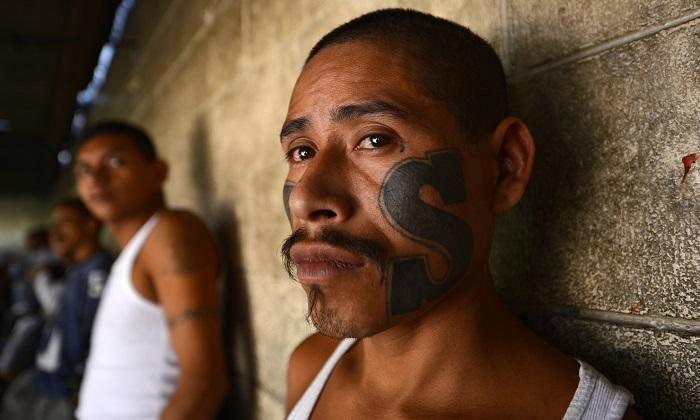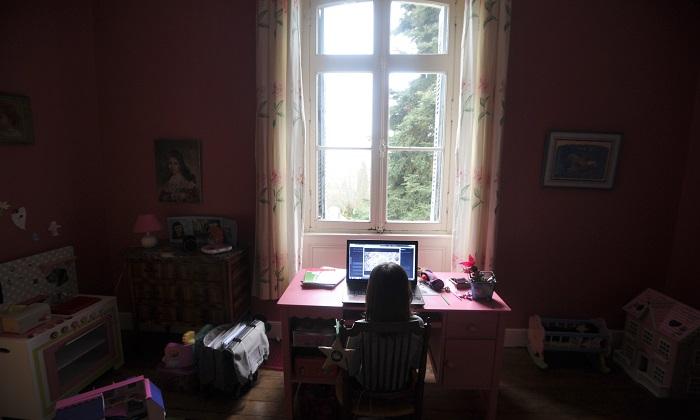Following Red Shirt Protest, Bangkok in Aftershock
Following the red shirt protests, Bangkok is experiencing a sort of aftershock: “It will take time to heal.”
Bangkok Red Shirt Protest Aftermath: Thai police outside of a charred bank, one of over 30 Bangkok buildings that were firebombed by red shirt anti-government protesters last week. James Burke/Epoch Times
|Updated:



